Nanook of the North – Robert Flaherty (1922)
In the days long before the term “documentary” had even been coined this full feature movie did it all. The filmmaker Robert Flaherty (1884-1951) had an early exposure to people of the Arctic. Born in Michigan, he spent quite a bit of time traveling with his father in northern Canada. He developed an ethnographic eye and casually filmed many short sequences of the daily lives of Inuit people. He later decided to put all these clips together to create a […]


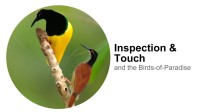
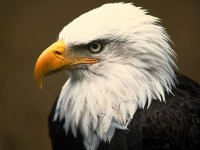
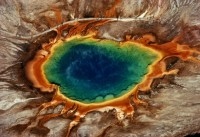
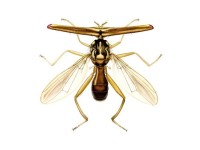
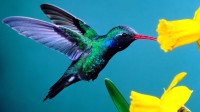
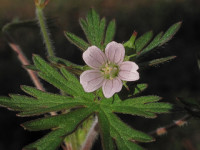
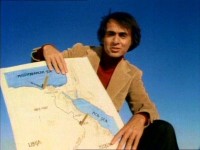
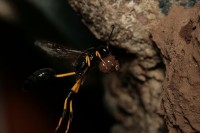
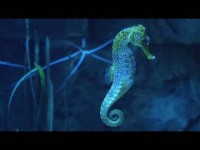
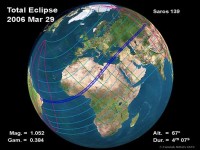
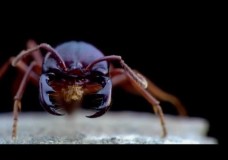
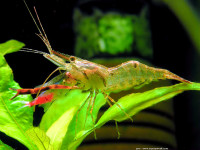
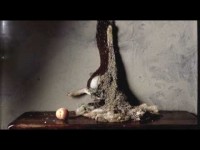

Recent Comments